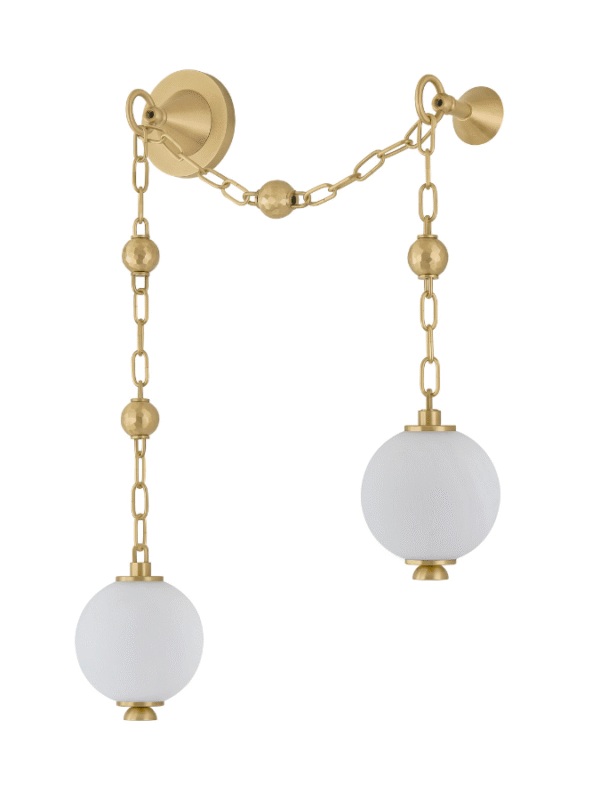The newly designed diagnostic room at the State Education Centre for the Blind (LBZB) in Hanover, Germany, aims to enhance the workplace experiences of individuals with visual impairments. The innovative lab employs tunable Glamox luminaires – controlled by a light management system – to diagnose, test, and create optimal lighting conditions for individuals with visual impairments. Once these precise lighting conditions are established, employers can replicate these conditions in the workplace. This collaboration with Glamox marks the first implementation of a project of this specific type.
The lighting lab chose to focus on the benefits of daylight since studies have revealed that daylight conditions can limit the progression of myopia and generally have positive effects on visual and cognitive performance.
This observation is confirmed in practice by Claas Proske, Coordinator of Functional Vision Diagnostics and Assistive Technology Advisor at the LBZB, who noted, “In many cases, we find that people with visual impairments or visual limitations benefit greatly from higher levels of illumination. And when it comes to light color, they tend to find neutral white or cool white light more pleasant.”
The lighting in the diagnostic room can reach up to 2400 lux via the flat C95 luminaires. This exceeds the usual illuminance levels, enhancing brightness and color contrasts, reducing fatigue, and prolonging attention.
Lighting management system provides precise control
The lighting management system (LMS) enables flexible and precise control of the lighting conditions. Using a tablet, the illuminance and light color are individually adjusted and controlled via a specially configured web interface, accessible via wi-fi. The illuminance can be entered as a percentage dimming value, ranging up to 2400 lux, while the light color can vary between 2700K and 6500K. These adjustments are crucial because different light colors have distinct visual and psychological effects. Reports from LBZB clients indicate that cool white light (over 5300K) enhances reading and concentration skills and is perceived as energizing during the day.
The diagnostic room at the LBZB enables testing of patients’ individual visual and visual-cognitive functions under varying lighting conditions. Using specific testing procedures, such as preferential looking or the Lea-Hyvärinen tests (specifically designed for children who are unfamiliar with reading letters), as well as informal observations, detailed assessments of the use of visual, auditory, and haptic strategies can be obtained.
Thanks to the ability to individually adjust lighting conditions, the LBZB can also test specific visual functions, such as contrast sensitivity, under different lighting conditions.
“This information is very valuable to us, as we can pass it on so that it can be implemented as best as possible at the person’s workplace,” says Claas Proske of the LBZB. Overall, the implementation of this lighting concept at the LBZB demonstrates the importance of optimized artificial lighting in the diagnosis and support of people with visual impairments.
The ability to adjust lighting conditions also offers a variety of positive effects for people without visual impairments. Improved illuminance and optimally coordinated light color can significantly improve visual perception, reduce fatigue, and reduce headaches. Additionally, adapted lighting has a positive effect on the circadian rhythm by regulating melatonin production, which influences the sleep-wake cycle. This is particularly crucial because blue light with a high color temperature suppresses the production of melatonin, thereby increasing alertness.




